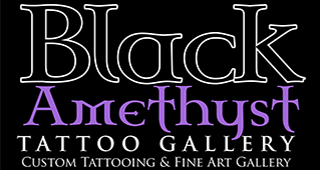A (Quick, Non-All-Inclusive, High High-Level Basic Overview) History of Tattoos, Part One.
Tattoo in History
circa 3200 B.C. (About a hundred years before Druids or aliens started building Stonehenge.)
Ötzi the Iceman gets tattooed. His mummy shows about 60 lines and crosses on his lower spine, right knee, and ankle joints, created when charcoal was rubbed into fine incisions. These are possibly pain points that were marked for treatment, like permanent acupuncture lines.
circa 2600 B.C. (The age of the Great Sphinx and Great Pyramids, great plains Mesoamericans cultivating corn, and Chinese entrepreneurs making great silk.)
Tattooing is common in ancient Egypt, according to artifacts from the first through sixth Dynasties.
circa 1900 B.C. (Glass is invented, cacao is domesticated. Hot chocolate, anyone?)
Henna tattoos are popular and spreading throughout Asia.
circa 1000 B.C (Ramses II, not Yul Brynner, rules Egypt; Bronze Age civilizations fade; the world’s first known peace treaty is signed)
Japanese dogu figures and Pacific Island pottery remains suggest that people in these two cultures may have been wearing decorative tattoos. No firm evidence exists, but archeologists and related smarty-pantses think it likely.
circa 550 B.C. (The Buddha gets enlightened, Persia is founded)
In Europe, tattoos were either celebratory or shameful, depending on where you lived. Greek and Roman tattoos were usually marks of shame and property, with slaves and criminals being marked. To Gauls, Picts, Celts, Britons and others, tattoos were badges of pride, often denoting nobility or bravery.
circa 200 B.C. (Bacchanalias, wild and mystic festivals of the god, are celebrated, The Great Wall of China is completed.)
In Japan, bad boy style is born when criminals, who were tattooed as a record of their crimes, began to cover those marks with intricate, full-body ink designs. Hiding in plain sight was never quite so awesome.
circa Year One (Happy birthday Jesus, tough luck calendar-makers)
As B.C. or B.C.E. became C.E. or A.D., cultures around the globe used tattoos for pretty much anything you can think of: identification, punishment, decoration, stigmatization, ritual, celebration, ownership. The styles and techniques varied, and whether tatts were seen as a point of pride or a mark of shame was all about context, location, and, not unlike today, social trends and shifting tastes.



